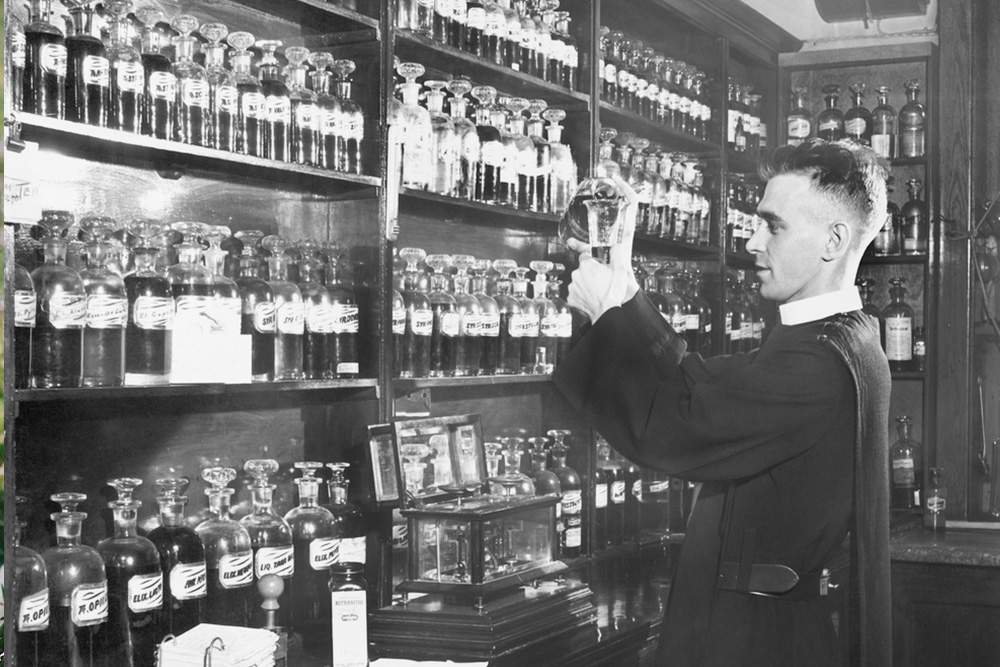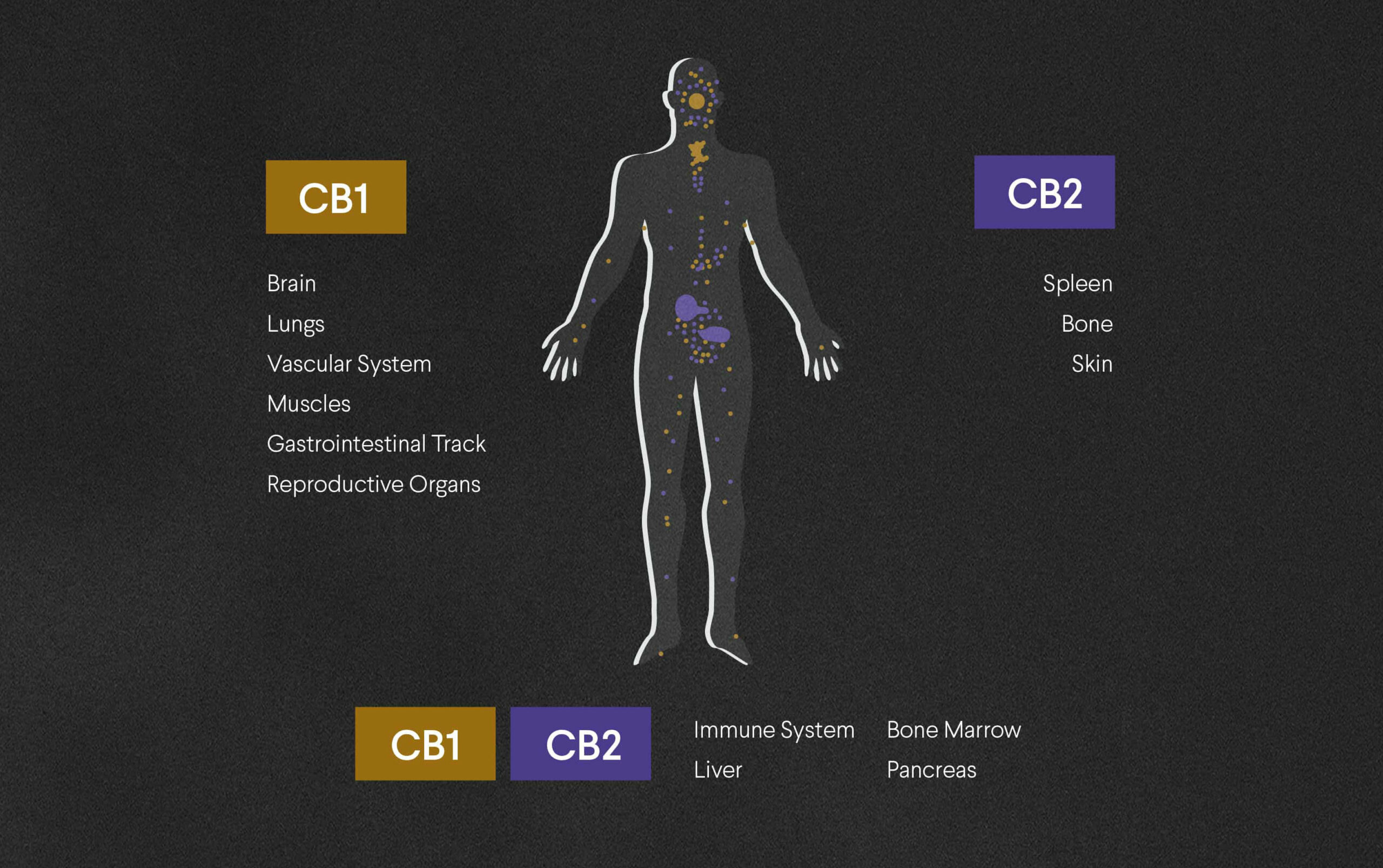No products in the cart.

Cannabidiol was first discovered in the year 1940, by american chemist Roger Adams. A leading scientist in his field; he successfully managed to extract a reddish oil from wild hemp growing in Minnesota, and within this oil he would identify cannabidiol, which would prove to be a singularly interesting active substance (cannabinoid) of cannabis. Some would even equate the importancy of discovering cannabidiol to that of antibiotics.
Another cannabinoid called cannabinol (CBN) was also identified, although this drug was not as prominent and therefore of less remark.
It was not until 1964 when the now renowned world famous israelian chemist Raphael Mechoulam, discovered yet another highly prominent cannabinoid in cannabis, namely tetrahydrocannabinol (THC), which is far more known for it’s euphoric effects as well as a potent medicinal utility.
Discovery of the Endocannabinoid System (ECS)
In 1998 a researcher found a connection between consumption of the cannabinoids and reactions within the body, unknown until these studies. Before this, it was simply presumed that cannabinoids affected the body in the same way as alcohol, yet a number of studies using rats showed that some cannabinoids produced a wide arrange of effects on receptors.
These experiments resulted in the remarkable discovery of a novel physiological system within the human body, as well as other mammals, and it was subsequently named the endocannabinoid system – also known as ECS – after the cannabis plant.
To this day, the endocannabinoid system is considered one of the most important physiological systems in attaining and maintaining wellness and good health.







Leave a comment